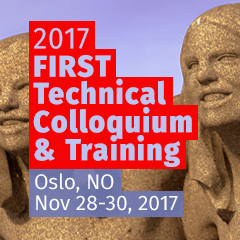Effective security event analysis teams depend on efficient capture, storage and search capabilities across potentially massive data sets. At Cisco, we collect enormous amounts of data from scores of data sources, spanning billions of daily transactions. To reliably sift through this data in search of compromise indicators we developed a "playbook" process in which we define specific searches (plays) and maintain those plays through a tuning lifecycle. As our playbook inventory grew both in number of plays and data sources, our analysts required a digitized capability to support play management, scheduling, and execution.
In this presentation, we introduce the CSIRT Playbook Execution Platform, a specialized software framework which allows our Security Monitoring team to:
- Define customized playbook execution schedules
- Assign individual plays to teams or team members
- Avoid missed coverage via error checking
- Track individual play executions (runs) via the Run Workspace
- Collect detailed run statistics and play tuning metrics
- Automate high fidelity plays
The presentation will detail the platform’s development, usage, and future plans. We intend to include a strong focus on metrics, demonstrating improved productivity and efficacy as compared to our prior event analysis processes. We also provide baseline requirements for team interested in setting up their own platform. Security monitoring and incident response teams, information security managers and security architects interested in how to put a playbook into operation should attend this session.
Logan Wilkins has over 25 years of software development and information security experience. He has worked in academic, research, and corporate settings, specializing in object-oriented distributed software architecture, data science, and
information security. Logan currently manages Cisco's CSIRT Engineering Delivery team, which is responsible for Security Monitoring and Incident Response systems development and deployment.



